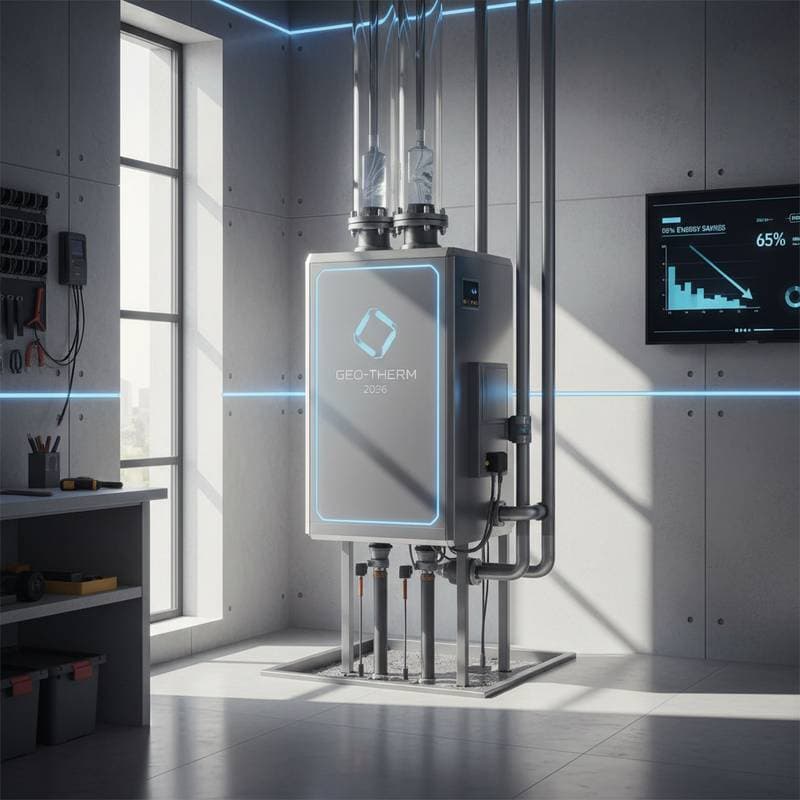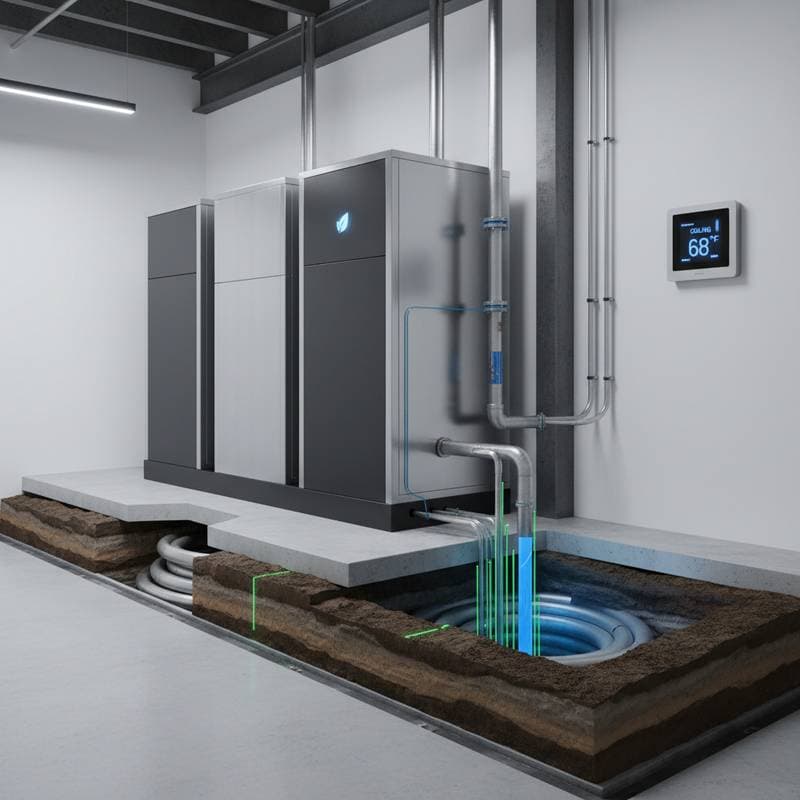Claim Up to $14,000 in Heat Pump Rebates for 2025
If your utility bills keep climbing with each passing season, switching to energy-efficient technology might feel less like a choice and more like a pressing need. Heat pumps stand out as a brilliant solution, not only slashing costs but also shrinking your household's carbon footprint. Better yet, federal and state programs are rolling out substantial incentives, offering up to $14,000 in rebates and tax credits for homeowners who install these systems in 2025. This financial boost can make the upgrade far more affordable, and with energy savings piling up, now is the time to act.
Why Heat Pumps Make Financial Sense
Heat pumps are not a recent invention, but modern advancements have elevated their efficiency to impressive levels. Unlike traditional furnaces that burn fuel to create heat, heat pumps transfer warmth from outside air or ground into your home during winter, and reverse the process to cool your space in summer. This method uses significantly less energy, delivering up to three times more heating output than the electricity they consume, according to industry standards. For homeowners, this translates to immediate reductions in utility costs, often between 25 and 50 percent compared to older HVAC systems.
Beyond the dollars saved, these systems offer environmental benefits by cutting reliance on fossil fuels. For those prioritizing sustainability alongside budget relief, heat pumps provide a dual advantage of financial and ethical value, making your home a more comfortable and responsible place to live.
Breaking Down the $14,000 Incentive Package
Navigating the rebate landscape can seem daunting with various programs overlapping, but understanding the structure helps maximize your savings. Below is a snapshot of typical incentives available:
- Federal Tax Credit: Up to $2,000, claimable on your annual tax return for qualifying systems.
- State Rebates: Between $1,000 and $7,500, depending on your location and utility provider.
- Income-Based Rebates: Up to $8,000, specifically aimed at low to moderate-income households.
- Additional Support: From $500 to $2,000 for related upgrades like electrical work or weatherization.
When stacked together, these incentives can reach the full $14,000, though the exact amount hinges on factors such as income, system type, and regional offerings. Households with lower incomes often qualify for the largest rebates, ensuring energy efficiency is within reach for more families.
Who Can Secure the Biggest Savings
While not every homeowner will hit the maximum $14,000, most can still benefit significantly. Programs prioritize larger rebates for moderate to low-income households to broaden access to efficient technology. Higher-income families may qualify for federal credits and smaller state incentives, still shaving thousands off installation costs. For instance, a moderate-income single-family homeowner might secure $8,000 in upfront rebates plus a $2,000 tax credit, while a low-income household could cover nearly all costs with the full incentive package.
Everyday Advantages of Heat Pumps
The rebates grab attention, but the real value lies in long-term efficiency. A properly installed heat pump can cut yearly utility expenses by $500 to $1,200, depending on your home’s size and local climate. It also simplifies maintenance, as one system manages both heating and cooling, and often improves indoor air quality through better filtration. Homeowners frequently notice steadier temperatures without the fluctuations of older units, alongside quieter operation that enhances overall comfort.
Steps to Secure Your Rebates
Claiming these incentives requires some preparation, but the process is straightforward with the right approach. Start by visiting your state’s energy office website to review local rebate details. Consider scheduling a home energy assessment, as some programs require this step for approval. Always choose certified installers who meet efficiency standards, and keep thorough records of invoices and certifications for rebate and tax credit applications. These simple actions help ensure you do not miss out on available funds due to minor oversights.
Financial Outlook and Payback Period
Understanding the cost-benefit balance clarifies why heat pumps are a wise investment. Installation typically ranges from $10,000 to $18,000, based on system size and home requirements. After applying rebates and credits, your out-of-pocket expense could drop to as low as $4,000 for eligible households. With annual savings of $500 to $1,200, the system often pays for itself within 3 to 5 years. Over a lifespan of 15 to 20 years, total savings could surpass $15,000, turning a smart choice into a substantial financial win.
Addressing Common Hesitations
Some homeowners worry about heat pump performance in harsh winters, but modern cold-climate models operate efficiently even in sub-zero conditions. Others question electrical capacity, yet many incentive programs cover necessary panel upgrades. Noise concerns also fade with newer, quieter systems that often run less intrusively than traditional air conditioners, dispelling myths and easing the transition to this technology.
Moving Forward with Your Upgrade
Rebate programs come with funding limits, and once budgets are depleted, new applicants may face delays. Acting promptly boosts your odds of locking in the highest incentives available. Demand for installations is rising, so reaching out to certified contractors for quotes now can secure your spot. Research qualifying heat pump models, confirm rebate eligibility, and take the first step toward cutting your energy bills by up to half while enhancing your home’s comfort and sustainability.







